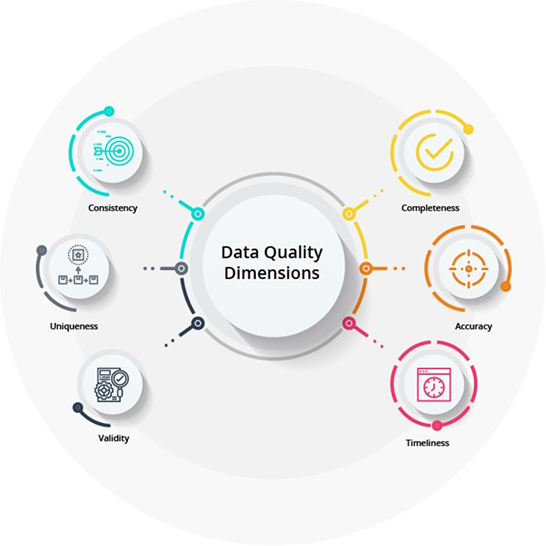
Astera Fulfills the Gartner Data Integration Report Versatility Forecast
By Ibrahim Surani, Astera CEO
A recent article in SearchDataManagement.com on the Gartner Magic Quadrant Report on Data Integration Tools piqued my interest, because it concludes that the best data integration tools are still on the horizon. Co-authored by Gartner analyst Ted Friedman, the report says that demand is growing for tools that combine integration capabilities with data quality and master data management (MDM) functions. According to Friedman, high levels of data quality are essential to the success of data integration projects:
“We believe that you can’t be successful in doing data integration unless you have a strong focus on data quality built in. It’s not just about connecting things, it’s about making sure data gets delivered in a fit-for-purpose way, and that where the data quality capabilities come in.”
What sets Astera apart from our competitors is that we have developed our Centerprise Data Integrator product from the ground up to intrinsically provide data integration with data quality built in. Centerprise is a single platform that offers both data integration and data quality intertwined in an easy-to-use environment that consistently earns high praise from our customers for its usability and performance. Because we have developed both integration and quality technologies simultaneously within one product, we are able to offer our customers a superior level of seamless experience.

Data Quality is an integral part of Astera
Possibly the most promising trend we have seen in the past couple years as data has grown exponentially in volume and complexity is that companies are not shying away from evaluating and ultimately purchasing products from smaller players such as ourselves when those products meet their needs more fully and more economically than those of the industry leaders. Friedman agrees, saying that he is seeing a big shift in the market centering on the fact that many organizations are giving serious consideration to smaller data integration tool vendors and are less likely to go with the big vendors by default. “I feel in a way like the space is quite dynamic right now: new vendors coming in, a desire for different thinking and different approaches, and a willingness on the part of buyers to maybe take a bit of a risk in adopting some of these newer offerings and approaches.”
Astera has seen double digit growth each of the past two years and we are on pace to be even more successful this year. Our customers range from smaller organizations with relatively simple data integration needs to global enterprises like Raymond James Financial, Hewlett Packard Co., Bank of America, and the USDA, who look to us to efficiently and cost-effectively solve their complex data integration challenges such as building and managing data warehouses, integrating in-house and cloud applications, and managing integration with business partners, among other applications.
Astera’s plan is to focus on what we do best and what we believe will be most in demand considering the explosion of big data—mapping of complex hierarchical data to meet business data integration and quality demands. Data mapping is very difficult and must be done correctly in order to deliver desired results. And customers are demanding a solution that doesn’t require a lot of programming so that their business users as well as application developers can use it, thereby maximizing ROI and saving thousands of IT dollars. We are moving towards becoming experts in complex data, where our single, easy-to-use platform that offers both integration and quality excels.


